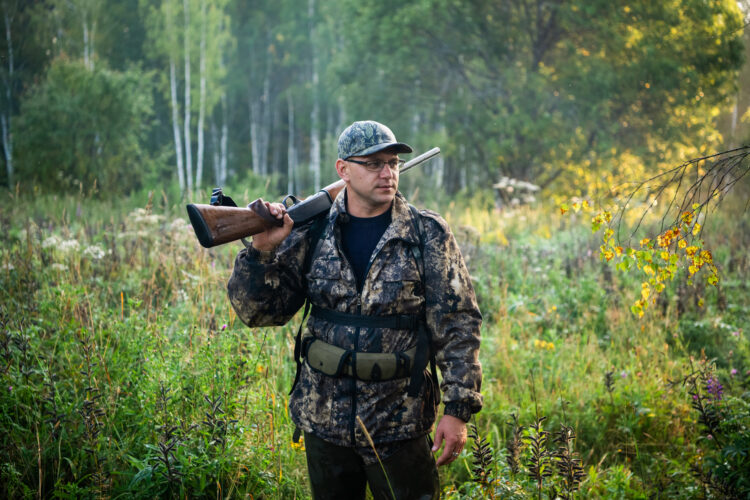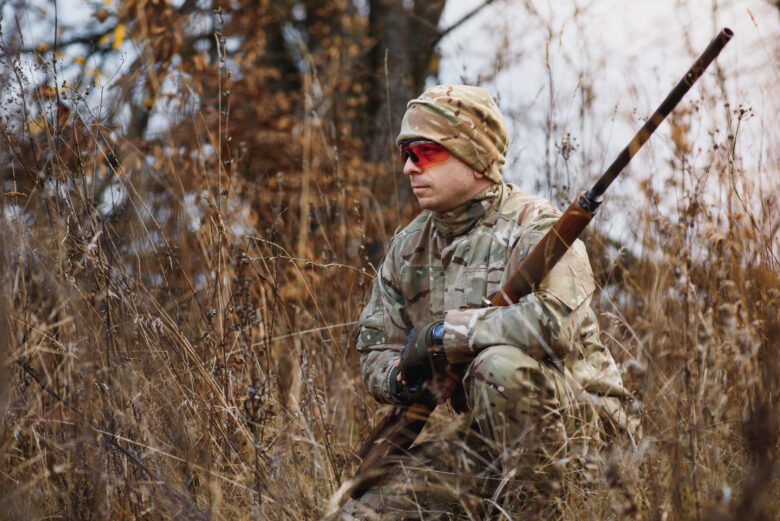Hunting clothing is an important, yet often disregarded, aspect of any successful hunting expedition. But when it comes to hunting, choosing suitable clothing is critical to having a good and safe experience.
It’s therefore no surprise that the global hunting apparel market is expected to experience a growth of 7.5 percent by 2030. What you wear while hunting affects your comfort, camouflage, protection, and function.
However, hunting clothing comes in different materials depending on the type of hunt and location. This post explores the essential things to consider when choosing clothes for a hunting trip and how to select and combine clothing for the best gaming experience.
What to Consider When Choosing Hunting Clothes
How should you choose your clothes for a hunting trip? Temperature is a crucial aspect when deciding on the clothes to wear. Seasoned hunters know that the proper apparel is just as crucial as your bow or rifle when hunting in cold weather.
Due to the difference in activities, the body temperature fluctuates, increasing the danger of catching a cold if your clothing is inadequate. Warm coats and sweatshirts of polyester, fleece, or wool are ideal for chilly winter days. Cotton does not retain heat and should be avoided. Similarly, in hot weather, wear something light.
How Do You Choose the Best Clothing for Your Hunting Trip?
Find below some tips to choose the right hunting clothes for your next adventure:
1. Layer up
Given that cold weather hunting can be the best time to be outdoors, finding clothes that keep you warm, dry, and comfortable is a good idea. The truth is that cold weather may provide hunters with incredible opportunities to capture big game such as whitetails, caribou, or mule deer and spend time outdoors and observe nature at its best.
Wearing layers is an effective way to stay warm in the elements. It is preferable to have too many layers than too few. You can permanently remove a layer if it warms up during the day, but you can’t add extra layers if it’s colder than planned.
The layering components for all types of winter hunting are similar: A moisture-wicking base layer such as propylene, a mid-layer that can be as light or heavy as the conditions require, a down-filled jacket to hold warm air around you, and a weatherproof outer coat to defend against moisture and wind are all essential.
2. Choose the Right Camo Pattern
Camouflage allows hunters to stalk animals or shoot birds while remaining hidden and unnoticed. And although it’s not necessary to wear camouflage to be a good hunter, it can increase your chances. However, not all camo is created equal. There are several designs, colors, and styles to pick from.
In addition to blending into the surroundings, it’s critical to consider the animal type you’ll be hunting while choosing camouflage. What works when hunting one animal species may not work while hunting another.
For instance, when hunting waterfowl, it’s crucial to wear camo that blends in with the tall and lightly colored grass and reeds. Conversely, camo that breaks your silhouette and helps you blend with your surroundings is ideal for stalking deer and other big games.
Determine the color you require and what will complement the trees, grass, or other greenery around you. You’d be astonished at how a minor color difference might make a hunter easier or harder to see.

3. Go for Quiet Fabric
Not only does your prey have a keen sense of smell, but it also has excellent vision and hearing. Most hunters are unaware that their hunting clothing makes noise as well. As a result, it is critical to wear silent hunting clothing designed specifically for hunters.
While such clothing is considered a small investment, it is well worth the cost because you will not have to pay attention to every step you take. Manufacturers use materials that are soft and a bit quieter than most fabrics. Some may even be stretchy and sufficiently waterproof. This type of cloth frequently combines warmth, water repellency, and even scent-killing, making it the best choice for hunters.
4. Be Visible to Other Hunters
You don’t want to be mistaken for a game, right? In addition to your camo, you need daylight fluorescent orange to outwear, like a vest or jacket. Also known as blazing orange or “hunter orange,” it is undetectable to deer but very apparent to people, making it excellent — and necessary. It makes it easier for other hunters to spot you because the color stands out in nature.
Ensure the color is visible from all directions, as the law requires in many states. You can also put an orange vest or other fabric on or near your tree stand to warn other hunters of your location while avoiding attracting deer’s attention.
5. Suit the Weather Conditions and Type of Hunting
Select clothing based on your expected weather while being prepared for the worst. For instance, wearing a hat and light clothing provides as much coverage as possible for your skin to prevent heat exhaustion or sunburn in warm weather. Other considerations might include some like a pair of yellow prescription shooting glasses to help keep the sun out of your eyes whilst shooting.
On the other hand, cold weather conditions call for clothing worn in layers. Correct deer hunting clothing color can make the difference between a successful hunt and returning home empty-handed.
So knowing how your chosen prey perceives color is essential for selecting the ideal camouflage for your hunt. In addition, remember to get other clothing essentials such as a cap, gloves, sturdy footwear, and two layers of socks.
In Conclusion
Even for seasoned hunters, hunting is challenging and demands a high level of attention. So before selecting appropriate hunting clothing, consider where, when, and how you will hunt. Ensure your hunting apparel aligns with the weather conditions and temperatures.
It should be comfy, and the patterns and color must blend in with your surroundings. Most importantly, your hunting cloth should protect you against the elements.












Leave a Reply